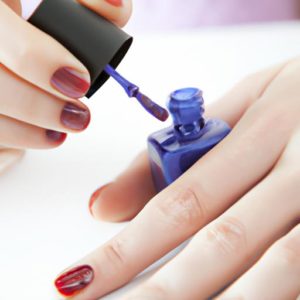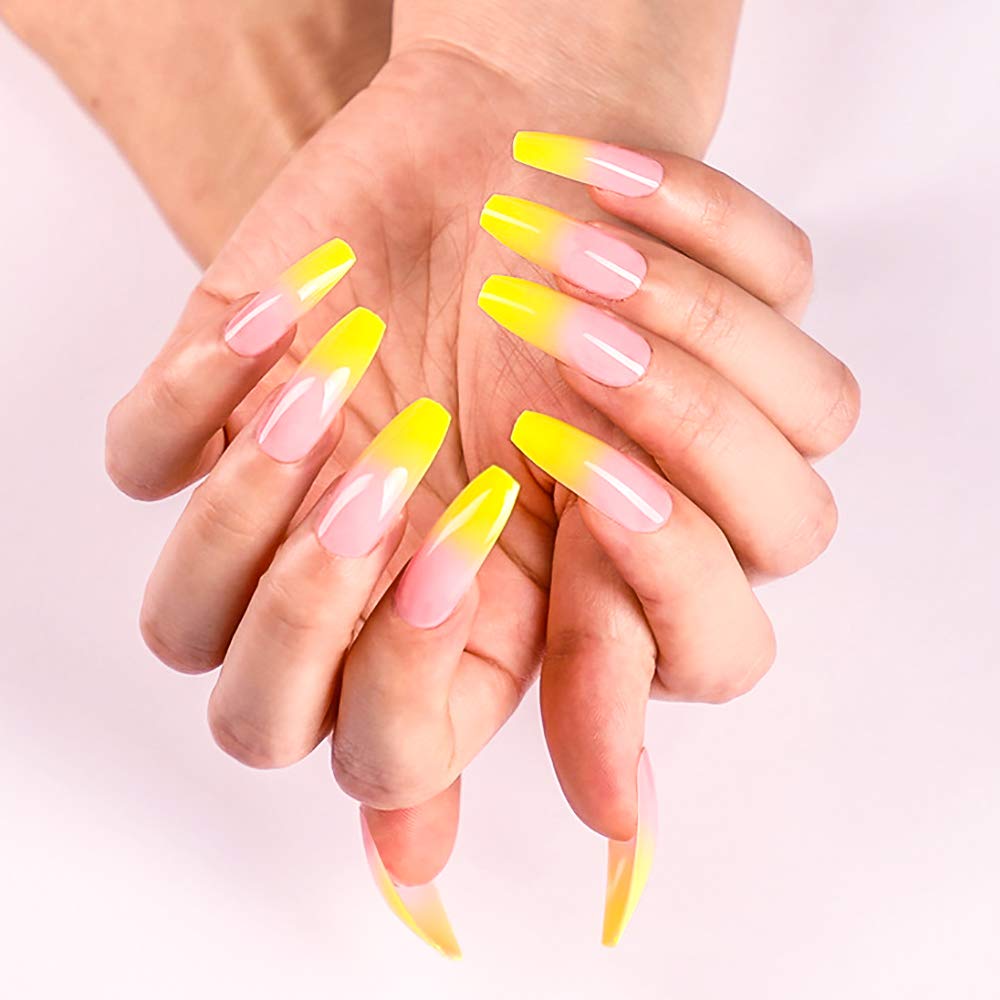Gel nail polish has gained remarkable popularity in recent times due to its enduring and lustrous finish. Nevertheless, there are instances where individuals encounter allergic reactions to the chemicals present in gel nail polish, resulting in discomfort, and sometimes even anguish. In this article, we will delve into the methods of addressing and treating an allergic reaction induced by gel nail polish. We’ll also touch on the indications and manifestations, underlying causes, available treatment options, and preventive measures.
Indications and Manifestations of Allergic Reactions from Gel Nail Polish
Signs of allergic reactions to gel nail polish can vary in intensity and may affect different regions of the body. The commonly encountered symptoms encompass itchiness, redness, inflammation, and discomfort in the vicinity of the nails. In certain cases, the skin may blister or peel, and the affected area may exhibit heightened sensitivity or warmth. Additional symptoms might encompass the presence of hives, rashes, or even difficulties in breathing.
It is of utmost importance to promptly identify the symptoms and take immediate action to thwart the exacerbation of the allergic reaction. Should the symptoms persist or worsen, it is crucial to seek immediate medical attention.
Allergic reactions can transpire following the initial use of gel nail polish or subsequent repeated exposures. When an allergic reaction emerges after the first use of gel nail polish, it is essential to discontinue its usage promptly and seek professional medical advice.
Causes of Allergic Reactions to Gel Nail Polish
The principal culprits behind allergic reactions to gel nail polish are the chemicals present within the polish. A blend of chemicals, including acrylates and methacrylates, is incorporated in gel nail polish, which can potentially instigate allergic reactions. Certain individuals might exhibit heightened sensitivity to these chemicals, making them more susceptible to allergic reactions. Furthermore, the usage of UV lamps for gel nail polish curing can lead to skin damage and subsequently trigger an allergic reaction.
Identifying the specific cause of the allergic reaction can pose a challenge due to the presence of numerous chemicals in gel nail polish. Consequently, it is advisable to consult a dermatologist or allergist to determine the specific chemicals that might be responsible for the allergic response. A patch test can also be conducted to pinpoint the specific chemicals that elicit the allergic reaction.
Treatment for Allergic Reactions to Gel Nail Polish
The method of treating allergic reactions to gel nail polish depends on the gravity of the symptoms manifested. For mild allergic reactions, over-the-counter antihistamines or topical creams may be employed to alleviate itchiness and inflammation. Applying a cool compress to the affected area can also yield relief.
In cases where the allergic reactions are more severe, immediate medical attention is imperative. Dermatologists or allergists can prescribe more potent medications, such as corticosteroids, to mitigate inflammation and alleviate symptoms. Furthermore, in some instances, it may be necessary to completely remove the gel nail polish to avert further allergic reactions.
To prevent future allergic reactions to gel nail polish, it is crucial to adopt preventive measures. These may include abstaining from gel nail polish altogether or opting for brands that are devoid of harmful chemicals. Additionally, exercising caution when utilizing UV lamps and strictly adhering to the manufacturer’s instructions is of utmost importance.
Through the implementation of these preventive measures and available treatment options, individuals can minimize the likelihood and severity of allergic reactions caused by gel nail polish.






